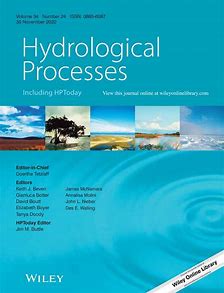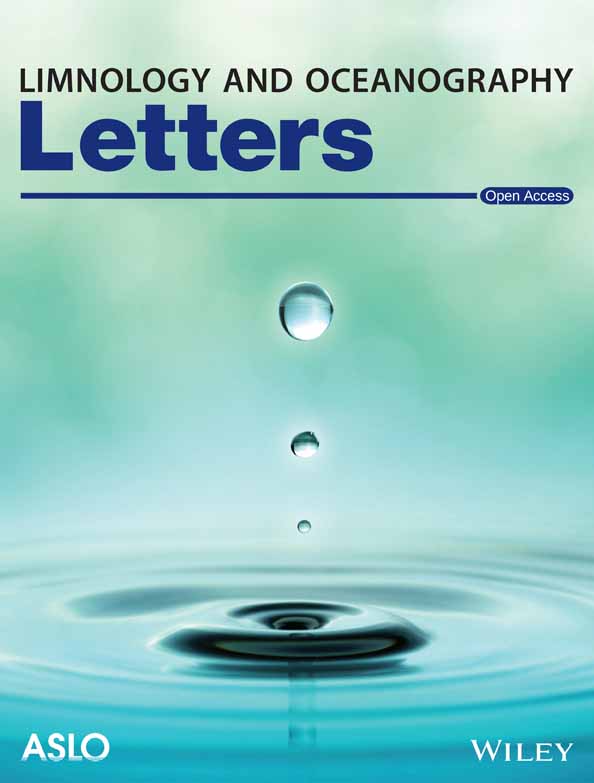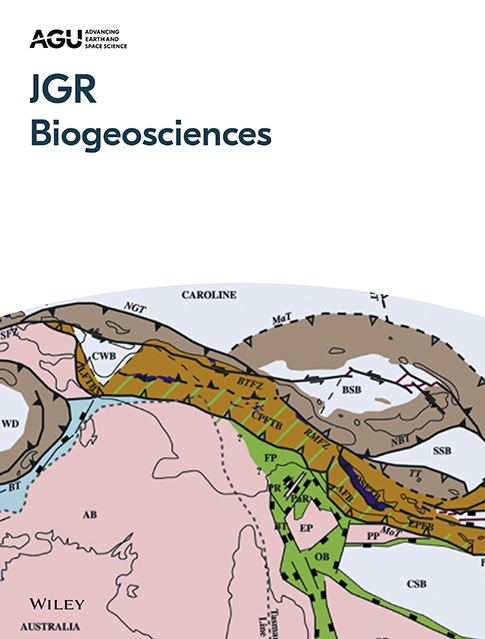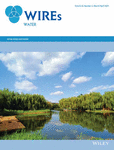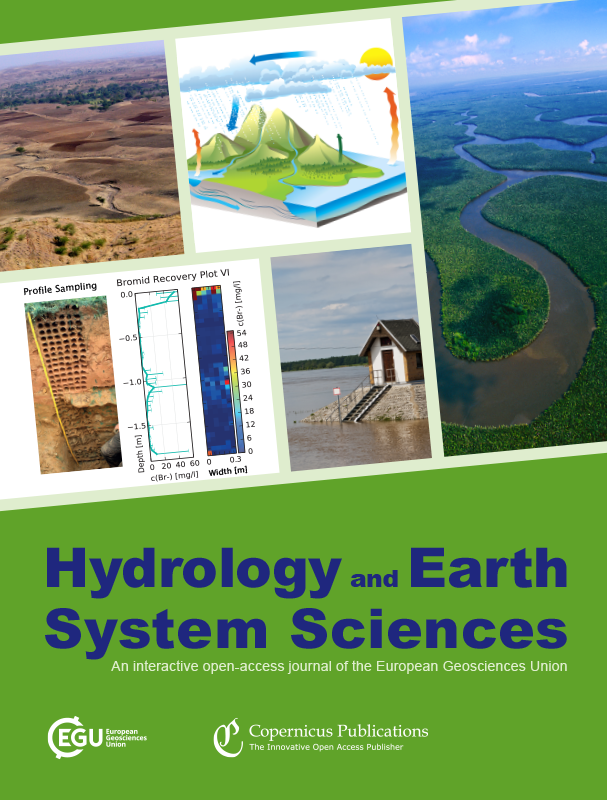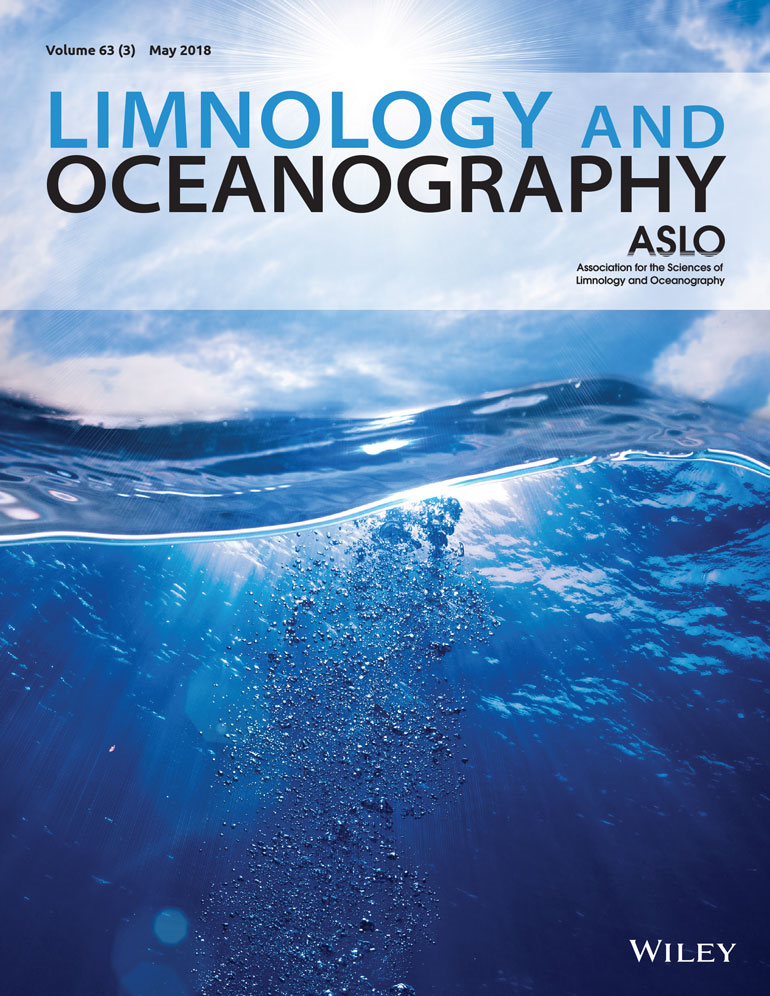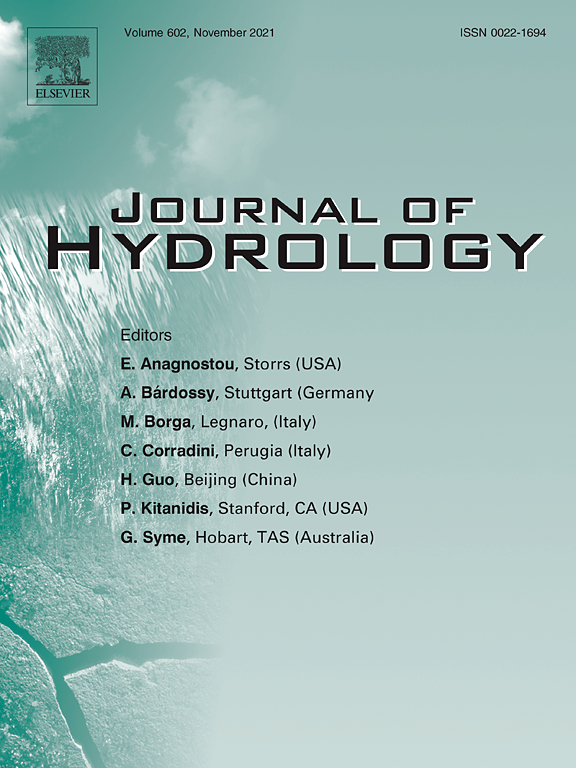- Department:(Dept. 1) Ecohydrology and Biogeochemistry
Hydrological Processes in Lowlands and Plains
Lowlands and plains provide important ecosystem services such as agricultural and forestry production, groundwater recharge, streamflow generation and drinking water supply. This Special Issue collects scientific papers advancing understanding of the mechanisms underlying the movement and storage of water in lowland and plain environments.
Extreme summer storm elicits shifts in biogeochemistry, primary productivity, and plankton community structure in a large-scale lake enclosure experiment
From Soil to Sediment: Bedform Migration Shapes Microbial Communities From Eroding Bank Soil During Terrestrial–Aquatic Regime Shift
The authors tested the impact of simulated ripple migration on two types of river sediment, namely aquatic sediment and incoming soil from eroding riverbanks, and compared them to stationary conditions in a microcosm experiment. Ripple migration influences community dynamics and microbial metabolism and decelerates the colonization of incoming soil from eroding riverbanks.
Reducing Uncertainty in Hydrologic Model Using Water Isotope and Chloride Data for Glacierized Catchment on the Tibetan Plateau
The Role of Beaver Dams in Modulating Hydrological Connectivity and Nutrient Dynamics in Agricultural Catchments With Intermittent Streams
Beaver dams and associated wetlands can alter hydrological connectivity and biogeochemical processes,, but their combined influence on nutrient dynamics remains understudied. The authors investigated the effects of a network of beaver-impacted waters on macronutrients dynamics in an intermittent stream network showing the effectiveness of beaver created wetlands as nature-based solutions.
Knots in the Strings: Do Small-Scale River Features Shape Catchment-Scale Fluxes?
The authors review how river “knots” associated with bifurcations, confluences, and obstructions, which are spatially and temporally heterogeneous reaches in a river network affect reach-scale processes including flow attenuation, enhanced vertical and lateral connectivity, and augmented solute retention and uptake. .
Imprints of increases in evapotranspiration on decreases in streamflow during dry periods, a large-sample analysis in Germany
Carbon dioxide emissions across contrasting urban freshwater ecosystems
Stepwise tracer-based hydrograph separation to quantify contributions of multiple sources of streamflow in a large glacierized catchment over the Tibetan Plateau
The authors identified the sources of streamflow and their temporal dynamics in a glacierized catchment of the Tibetan Plateau using isotopic and geochemical signatures. They demonstrated that incorporation of high-resolution tracer data in an appropriate model structure can help resolve streamflow components and identify the dynamics of dominant recharge sources in cryosphere environments.



